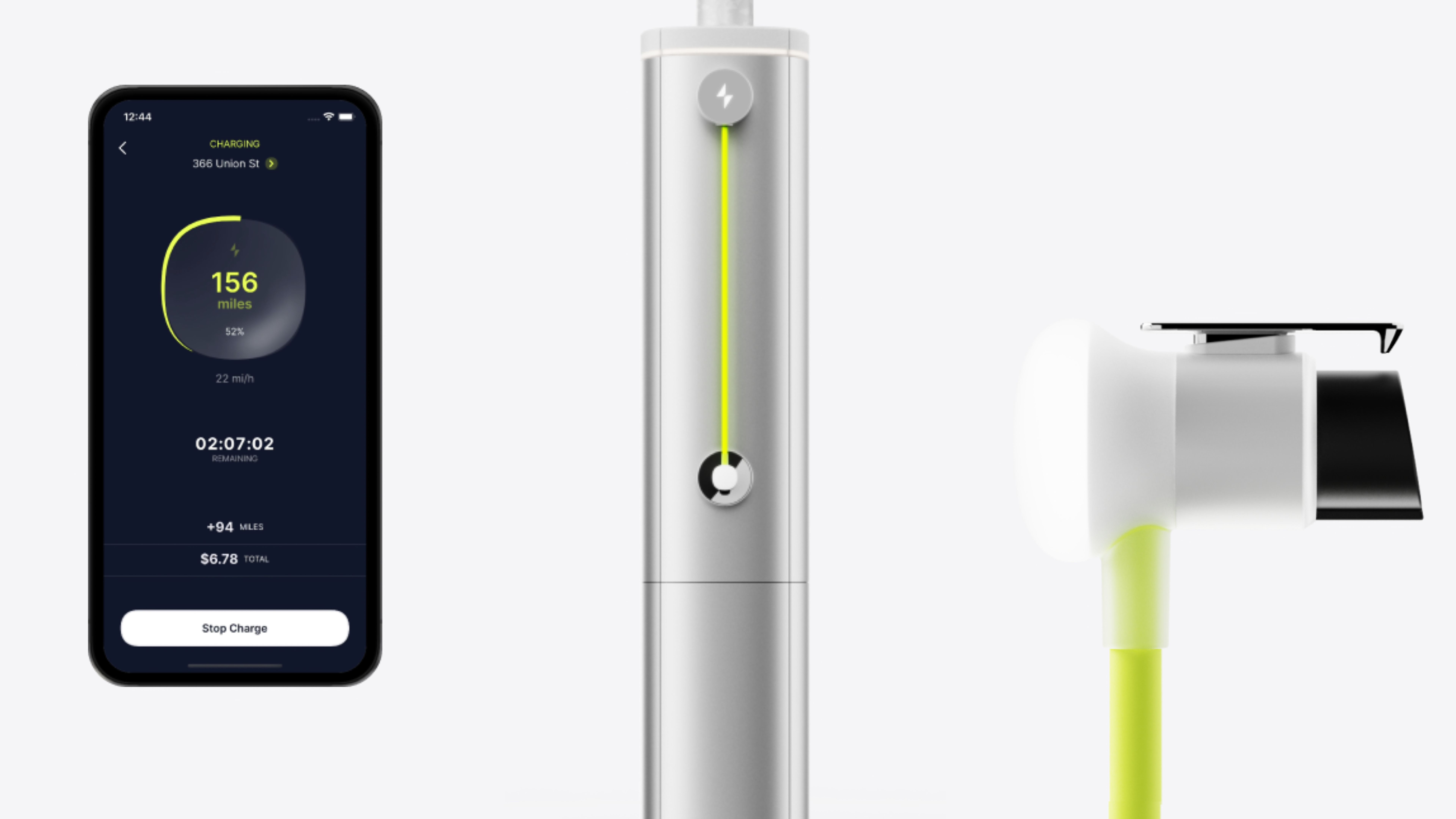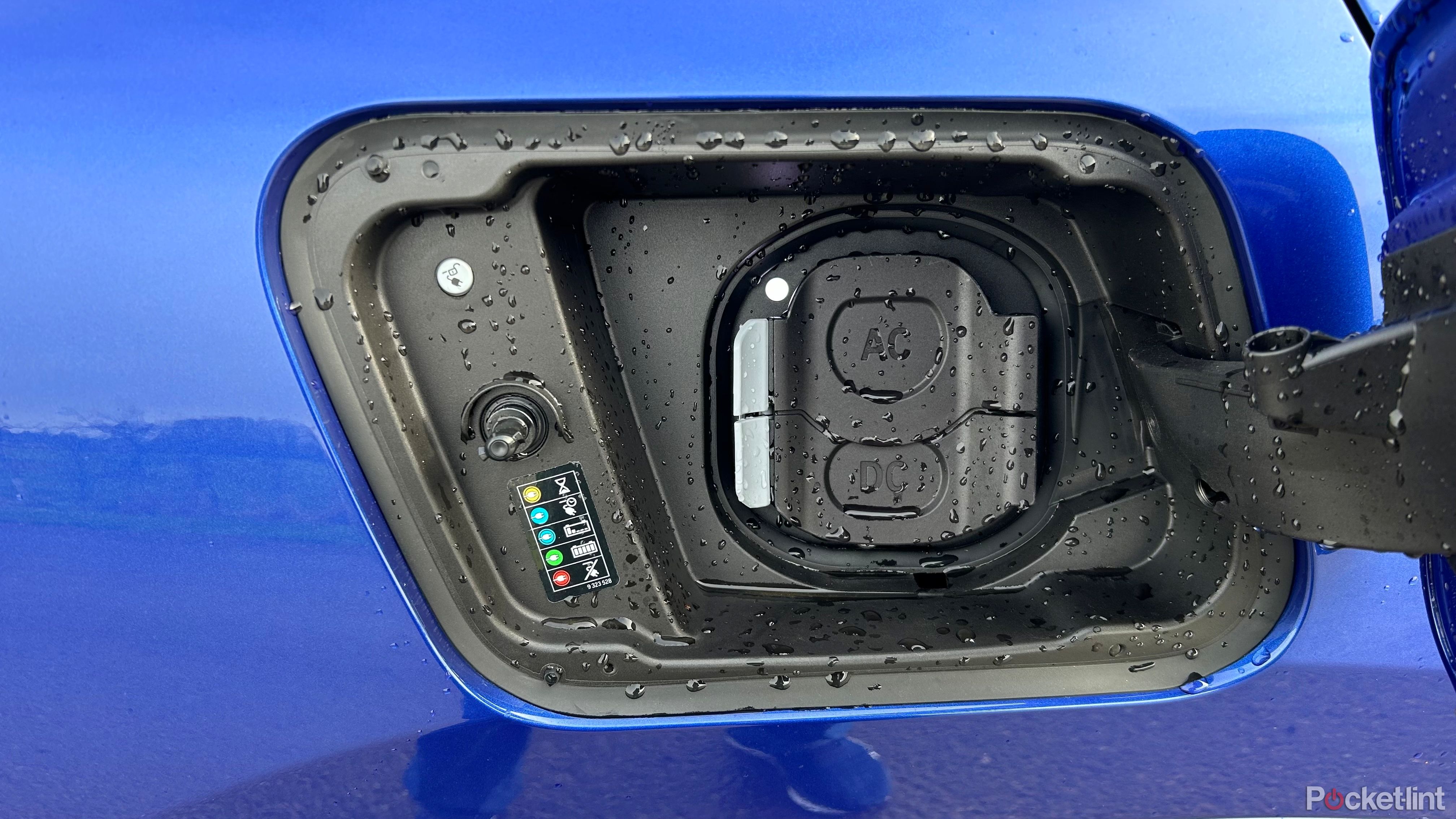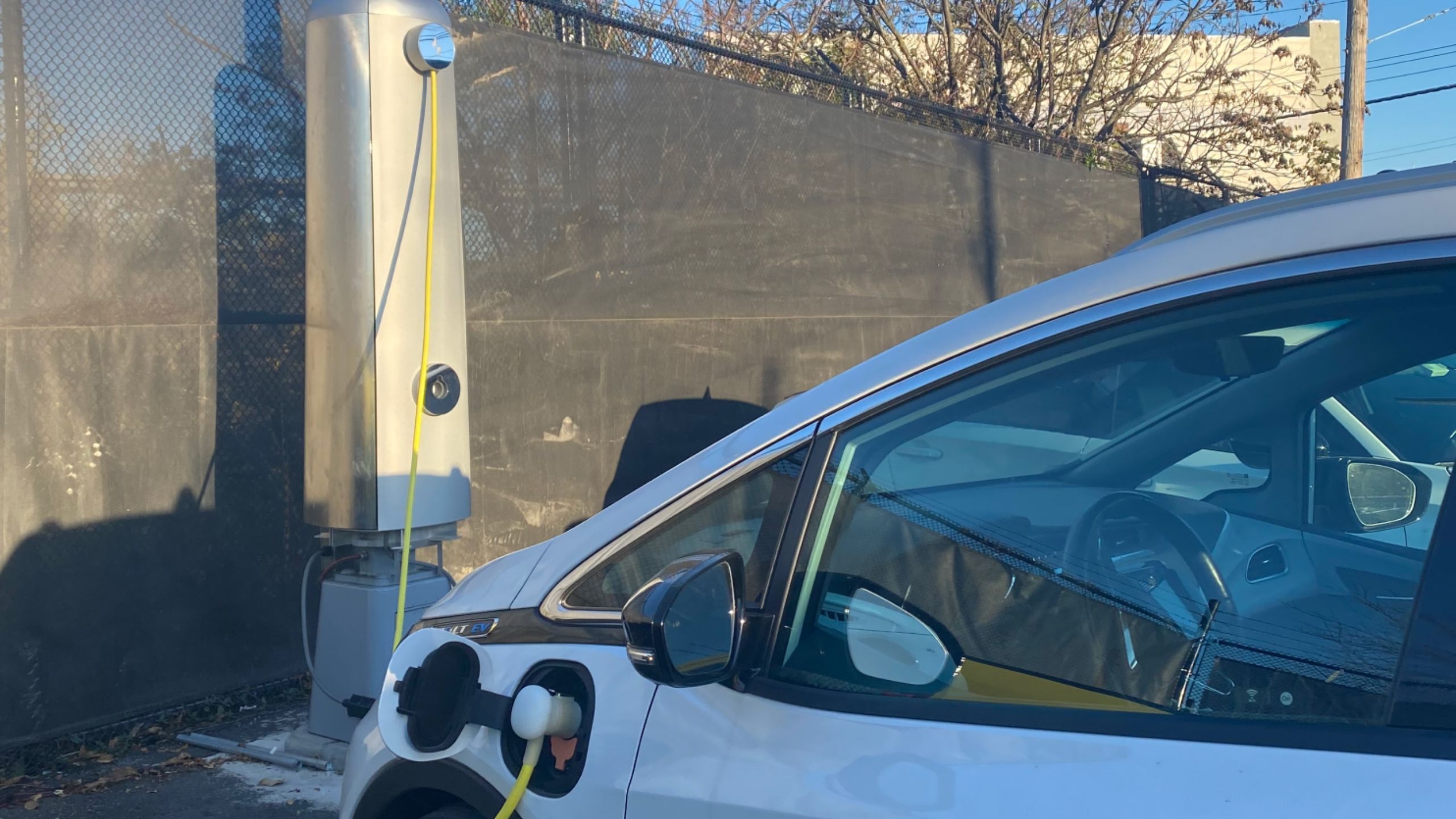Key Takeaways
- Voltpost converts street lights into chargers, making EV charging easy and seamless for all.
- Voltpost’s Level 2 charging is intentionally slower to preserve car batteries and grid support.
- The success of Voltpost will depend on widespread city interest to make a meaningful impact on EV adoption.
The difficulty with owning an electric vehicle, especially if you don’t also own your own home, is access to charging. Sure, some parking lots have chargers, fast chargers are opening up across North America, and the mass adoption of Tesla’s North American Charging Standard (NACS) will mean a great network of charging options will be available to more people, but what about everyone else?
How Tesla’s NACS plug became the de facto EV charging standard
And why that’s a good thing for the auto industry.
Research suggests that having chargers near where you sleep can make charging second nature and ease range anxiety. If you own your home, that could easily be your driveway or garage, but for anyone who rents or lives in a dense city, some other kind of option needs to exist. For many people, that will probably be curbside chargers in their neighborhood.
If you own your home, that could easily be your driveway or garage, but for anyone who rents or lives in a dense city, some other kind of option needs to exist.
Multiple companies are tackling this problem right now, but one of the most interesting is Voltpost, a startup converting existing lampposts into chargers, that recently announced plans to install its chargers in New York, Chicago, and Detroit starting in May 2024. There are already self-contained connections to the electrical grid on the street all around you; it makes a lot of sense that they could be used for more. Here’s how Voltpost is going about it.
 Democratizing charging access
Democratizing charging access
Voltpost’s big bet is that by making EV charging more accessible to everyone, we can ease the transition away from carbon fuels.
The first part of the solution is not making charging a destination and instead, as Jeff Prosserman, the co-founder and CEO of Voltpost, frequently reminded me, part of the built environment. “We do that by retrofitting existing streetlights and lampposts into an EV charging platform,” Prosserman told me over a video call, that “can significantly reduce the costs, the timing, and the physical footprint to deploy chargers.”
The lights and lamps are already there, Voltpost just hooks in and encases them with its charging hardware in an installation process that’s only supposed to take an hour. And it does it in a way that’s designed to be upgradeable and modular, allowing for multiple chargers, and down the road, other useful community services, like 5G connectivity.
“Effectively, the power’s either coming from underground or above. In either scenario, we’re going through the existing conduit to provide a new service to the lamppost,” Prosserman says. “Not impacting the light above, just a single cable…similar to an LED light upgrade or when connectivity is added to the poles today.”
The lights and lamps are already there, Voltpost just hooks in and encases them with its charging hardware in an installation process that’s only supposed to take an hour.
Voltposts offer Level 2 charging, which isn’t as fast as DC fast charging, and that’s on purpose, according to Prosserman. Car batteries are not supposed to be fast charged constantly and the grid might not be able to support fast charging everywhere. “There’s been an over-indexing on fast charging in the media…the reality is we look at it more from the time it takes out of somebody’s life rather than the speed of the charge itself.” If you can charge your car on your street, right where you park before heading inside for the day, that’s not much time at all.
The company plans on offering an app with a map of nearby chargers, the ability to check if a charger is in use, monitor how long your car has been charging, and in some cases, reserve Voltposts in advance. If you just park and are using Voltpost for the first time, scanning a QR code will get you to a webpage that can handle basics like payment without ever having to access an app. The point is that the whole process will be easy to do and look elegant while doing it.
Voltpost
Collaboration and installation
Even if the Voltpost is designed to more seamlessly blend in with your street or neighborhood, getting permission to install one comes with some work. Voltpost interacts with multiple different levels of city government, utilities, and private companies to get a new charger installed. For example, “if you’re talking about a densely populated neighborhood in a city like New York, then you’re dealing with the Department of Transportation, which owns the 300,000 or so lampposts in the five boroughs,” Prosserman says. That’s a different story for a small town, or for the light posts in a private parking lot.
The real test will be if enough cities are interested in Voltpost, and enough chargers get brought online, that they make a meaningful difference to a new or current EV owner.
Voltpost’s strategy for finally deploying its chargers is based on case studies it ran in New York and Detroit to show how installation and daily use might play out. For initial partnerships with New York, Detroit, and Chicago, the company says it’s manufacturing 50 total Voltposts and starting by installing “at least 10 in each of those markets in the next few months,” according to Prosserman. Production and installations are supposed to pick up over time, and include other “public and private partners” Prosserman wasn’t allowed to talk about.
Entering the mainstream
The real test will be if enough cities are interested in Voltpost, and enough chargers get brought online, that they make a meaningful difference to a new or current EV owner. Despite awareness of electric cars growing, overall sales of EVs are slowing in comparison to last year. More and more options are out there, from Polestar to Kia, but they still aren’t accessible from a price perspective. That seems like it could pose a problem for a company like Voltpost.

Owning an EV should be easy, but hangups around gas cars are making everything more complicated
Thinking of EVs differently than gas cars could make charging easier, prices cheaper, and infrastructure more friendly.
“When you look at any new technology…you have early adopters who are willing to pay more, and also deal with more pain points,” Prosserman says. The fact that issues with EV pricing and demand are even being covered is a sign that things are improving. And he doesn’t rule out more chargers changing demand either. “If we can do our part to accelerate that transition to EVs, then terrific. If it takes the chicken and the egg of there being more chargers to, in a way, get people excited, I mean, there’s so many types of solutions out there.”
Even if it takes a while for the adoption of EVs to catch up, there’s something that just makes sense about what Voltpost is trying to do. Comparisons to the rise of smartphones are easy to make, but making EV charging as simple as plugging in your phone or dropping it on a wireless charger seems like the right idea. You probably don’t even think about the plug you’re using to charge your phone, you just use it. Why shouldn’t EV charging work the same way? Prosserman summed it up nicely for me on our call: “Our vision is for charging to be as ubiquitous as the common lamppost.” That ubiquity could make all the difference.
Trending Products

Cooler Master MasterBox Q300L Micro-ATX Tower with Magnetic Design Dust Filter, Transparent Acrylic Side Panel…

ASUS TUF Gaming GT301 ZAKU II Edition ATX mid-Tower Compact case with Tempered Glass Side Panel, Honeycomb Front Panel…

ASUS TUF Gaming GT501 Mid-Tower Computer Case for up to EATX Motherboards with USB 3.0 Front Panel Cases GT501/GRY/WITH…

be quiet! Pure Base 500DX Black, Mid Tower ATX case, ARGB, 3 pre-installed Pure Wings 2, BGW37, tempered glass window

ASUS ROG Strix Helios GX601 White Edition RGB Mid-Tower Computer Case for ATX/EATX Motherboards with tempered glass…











